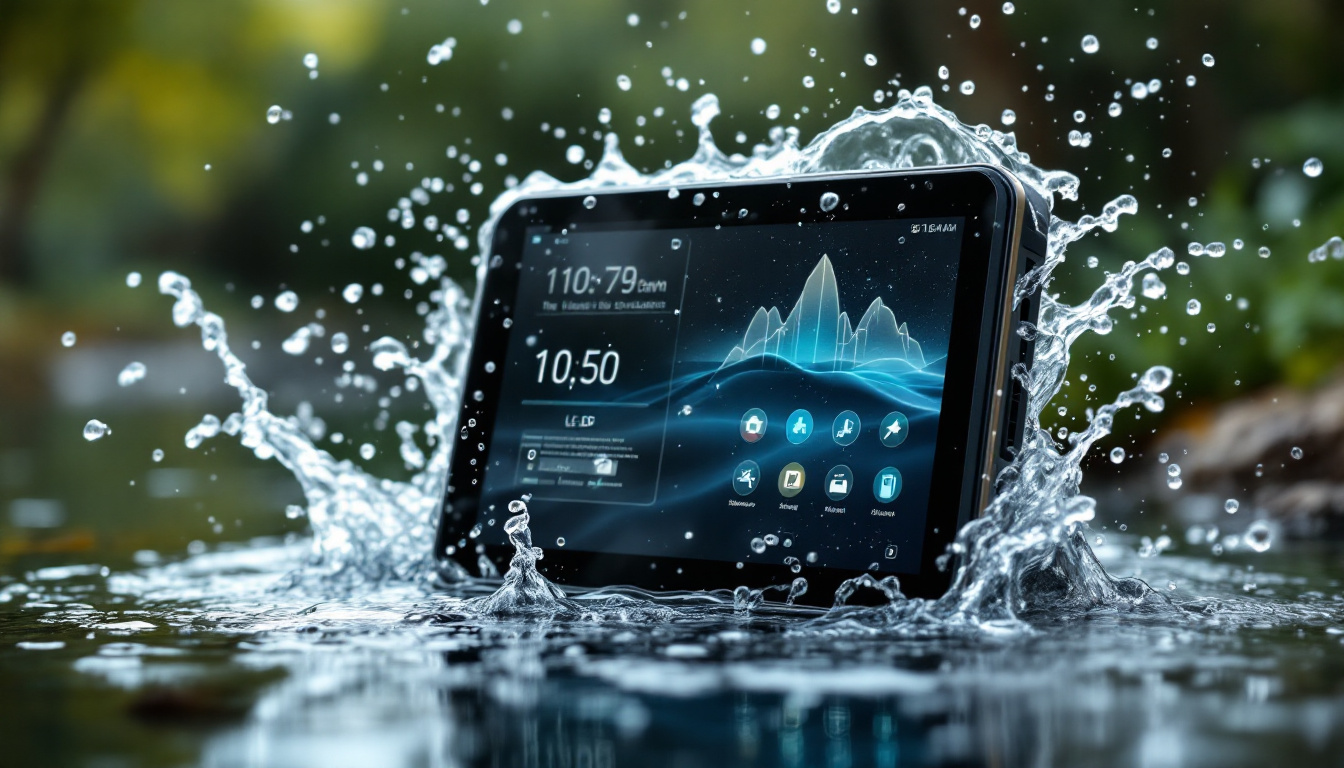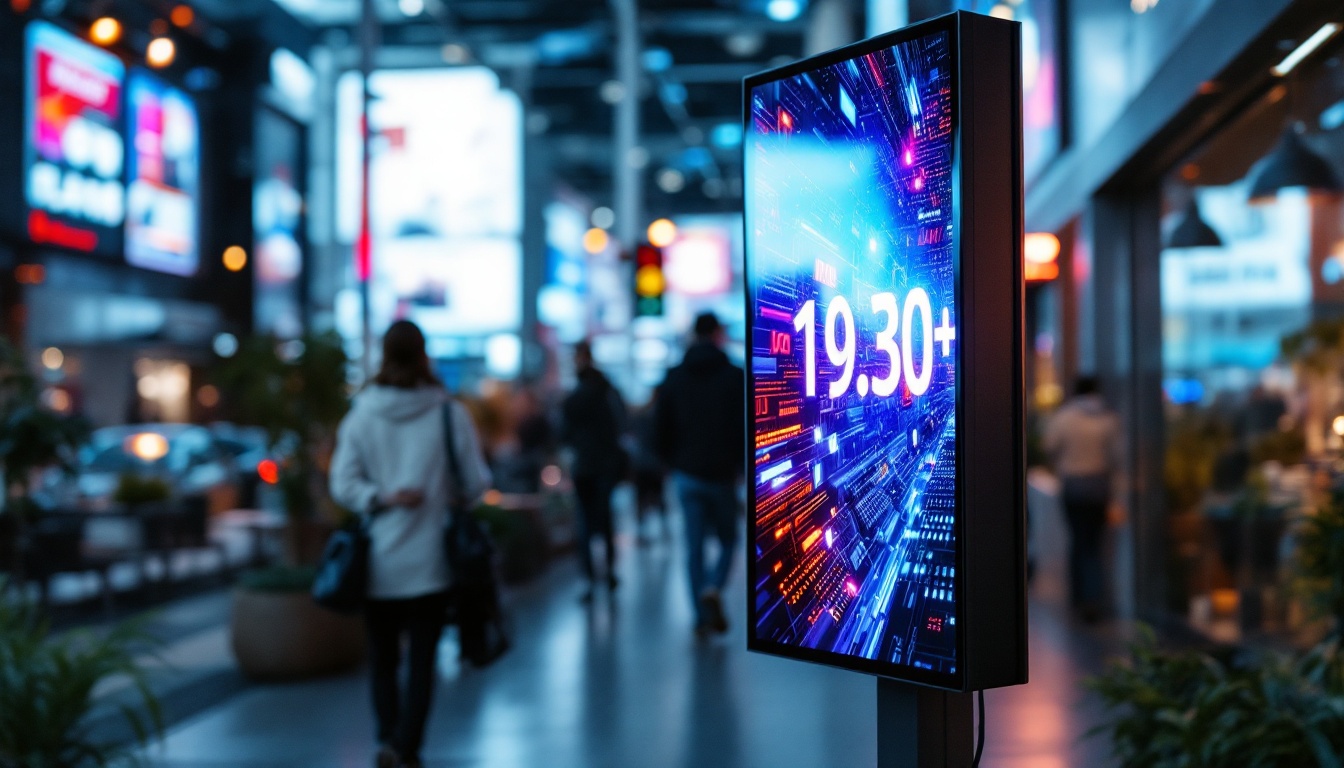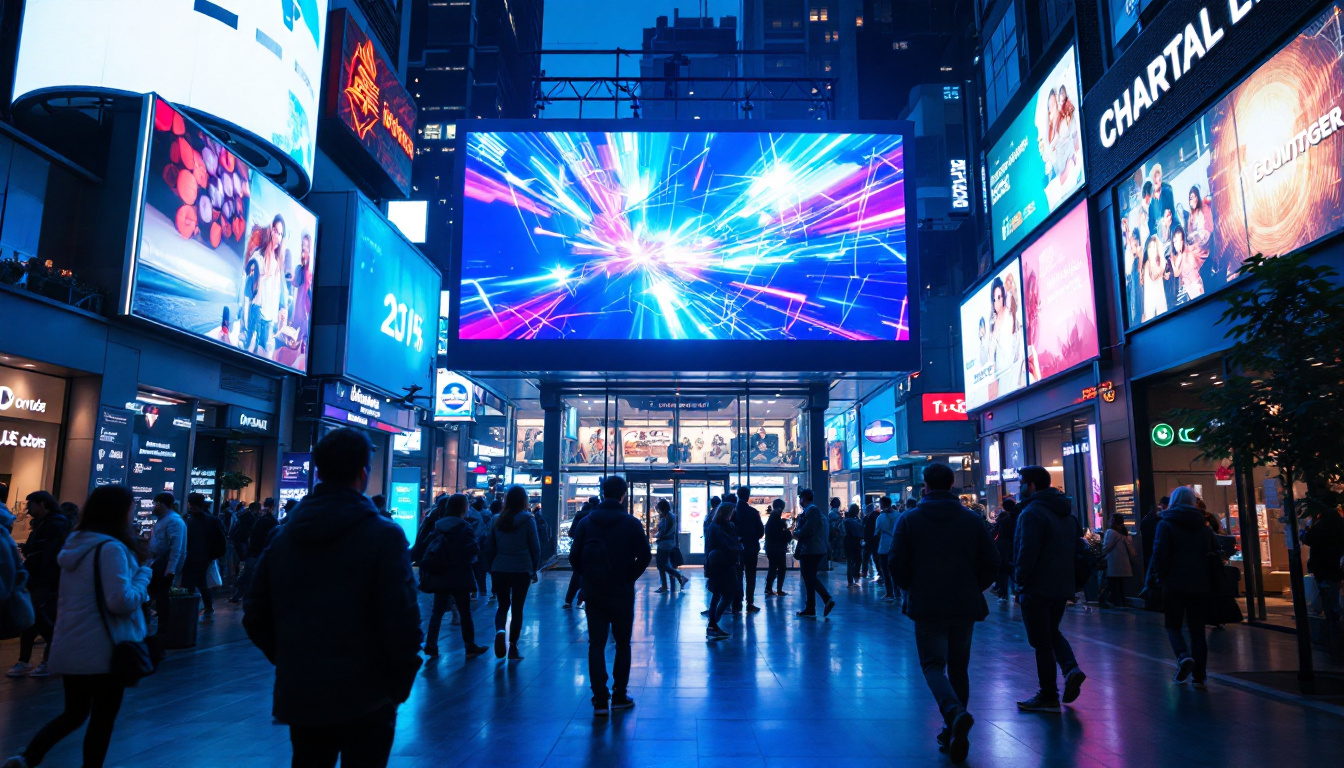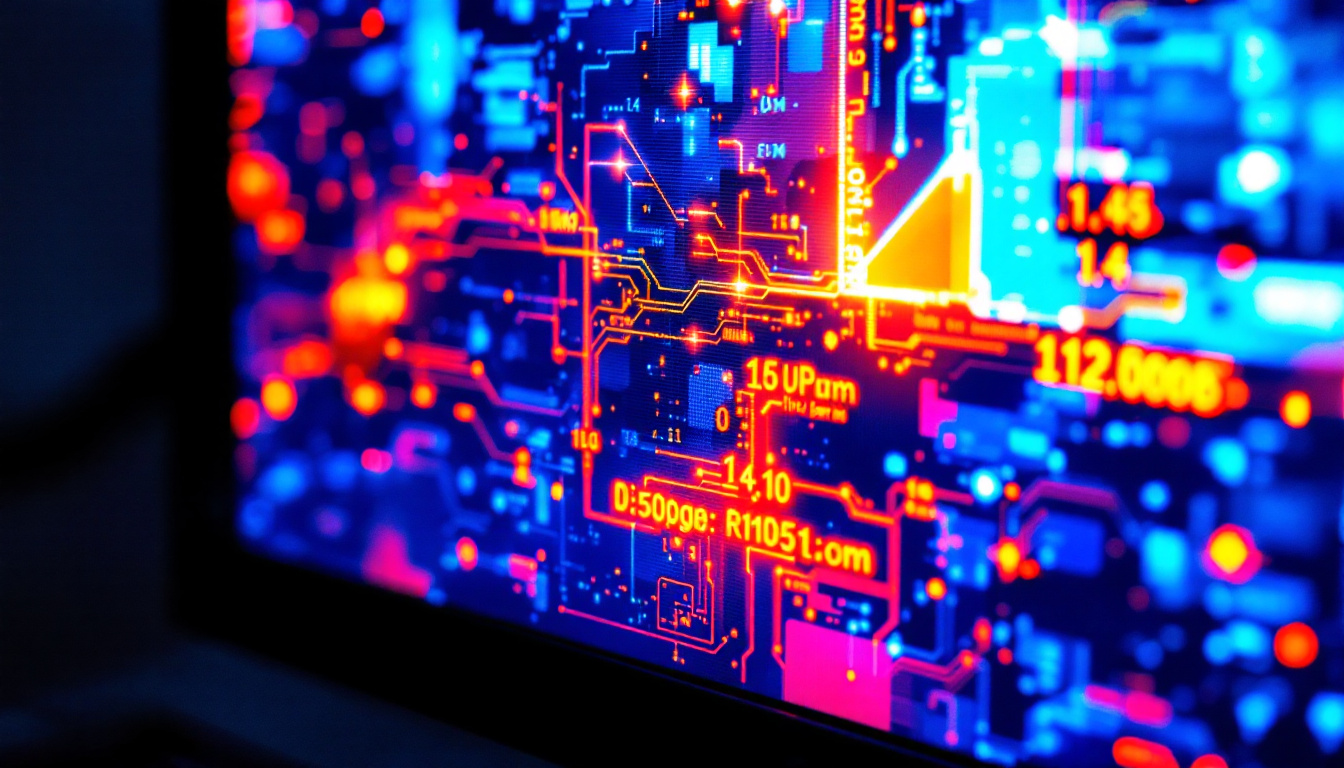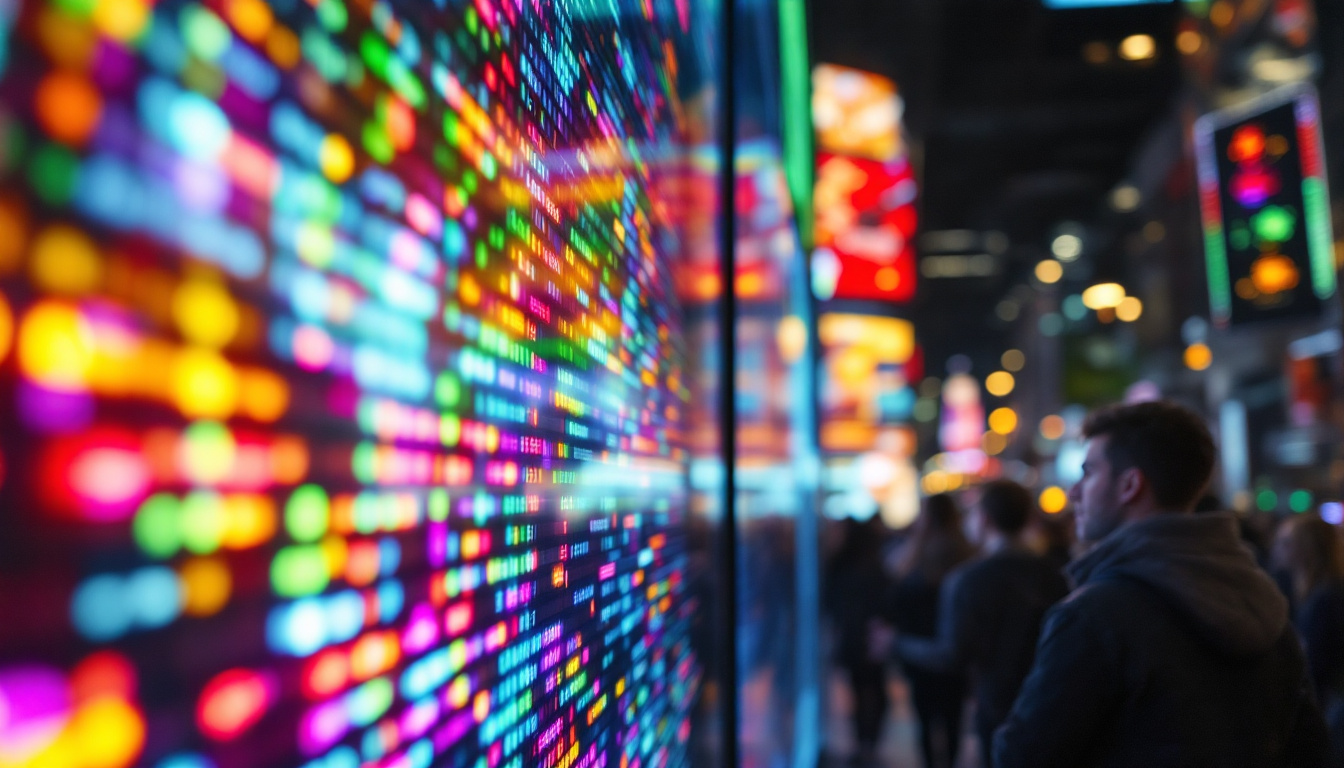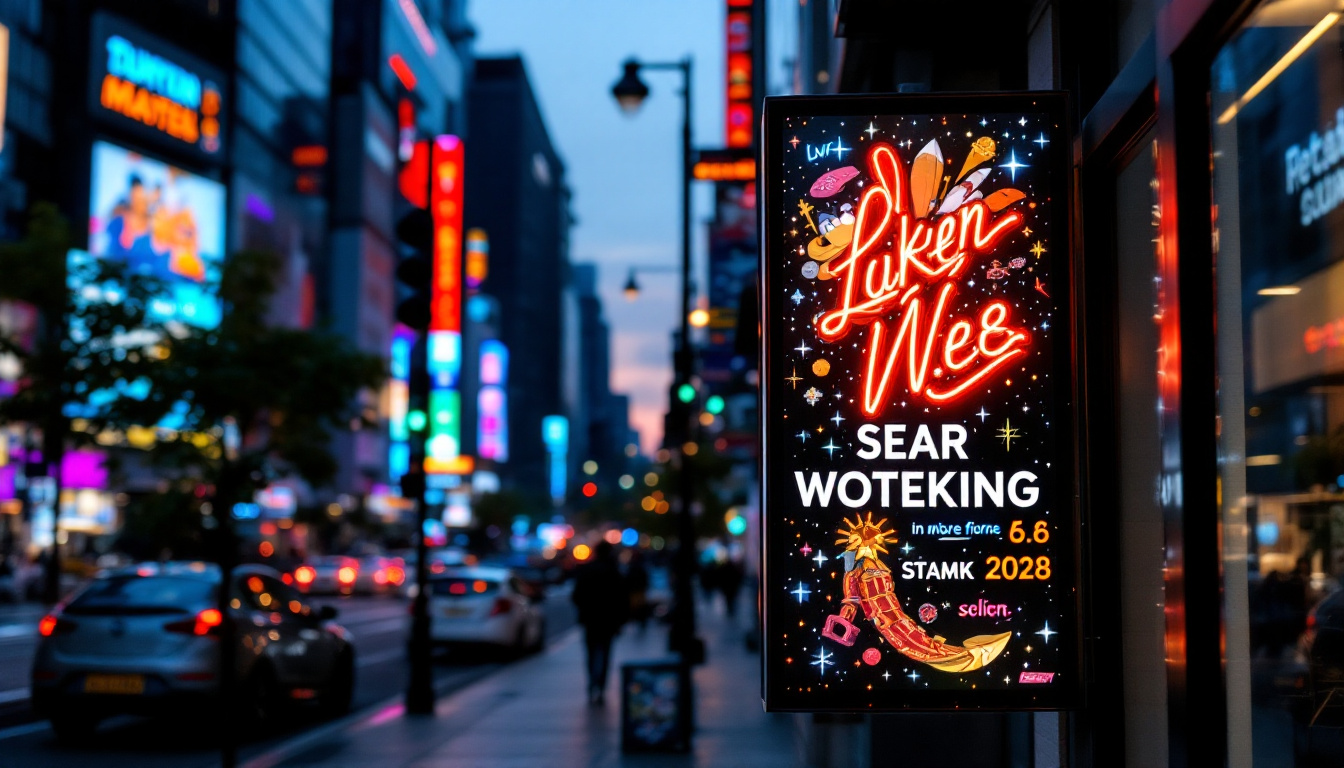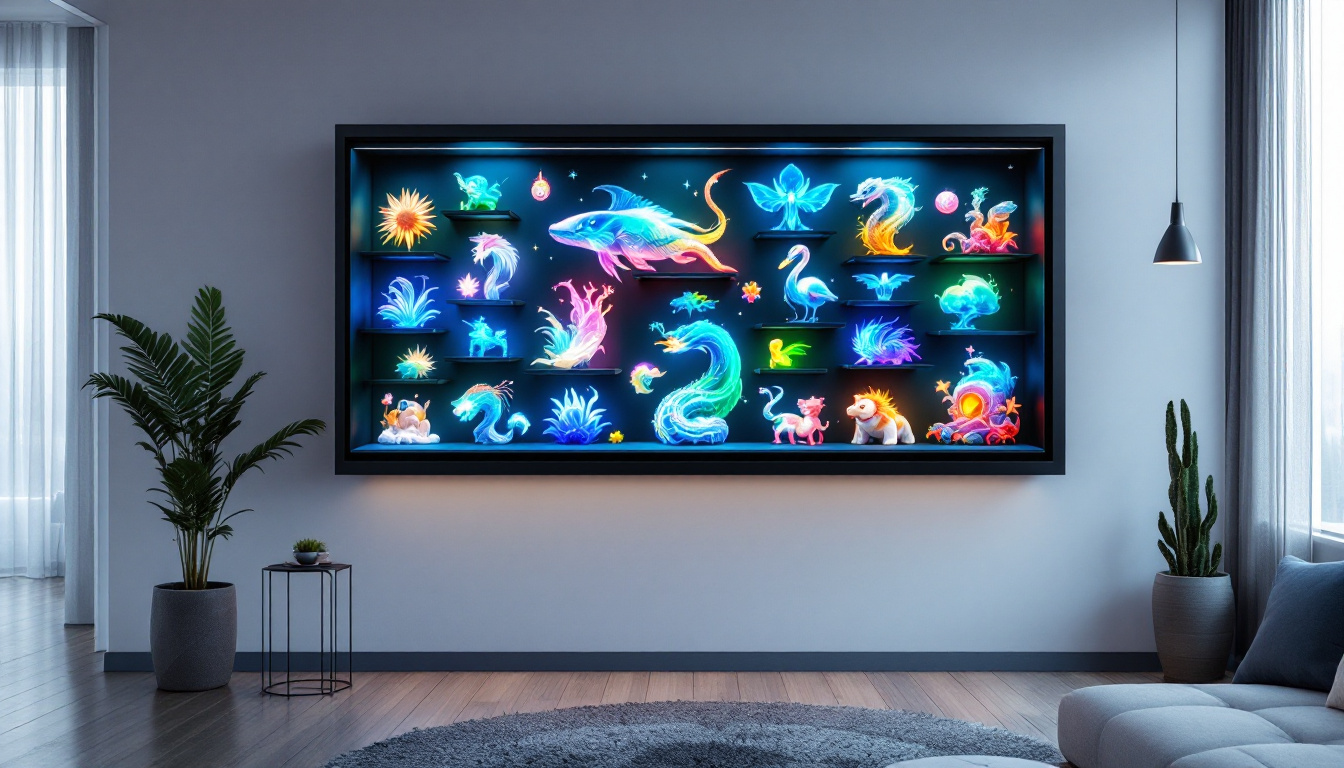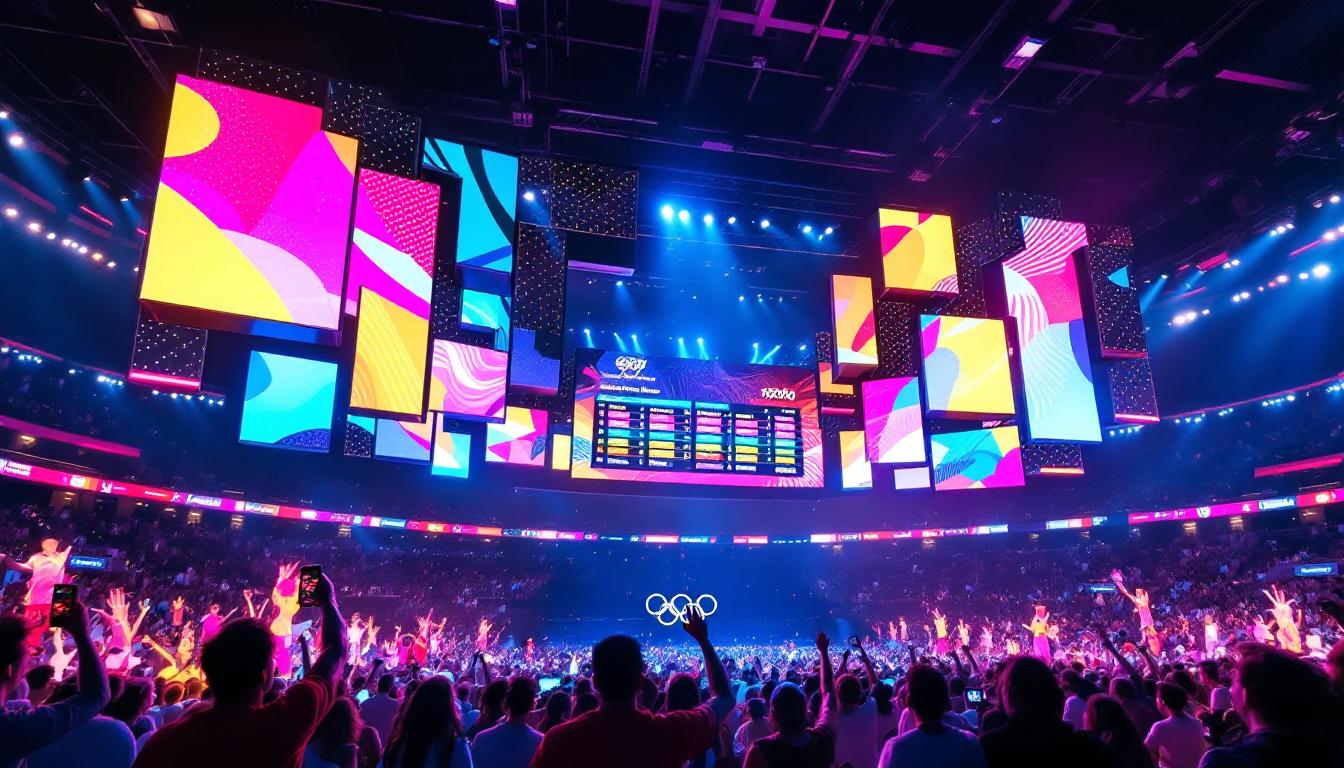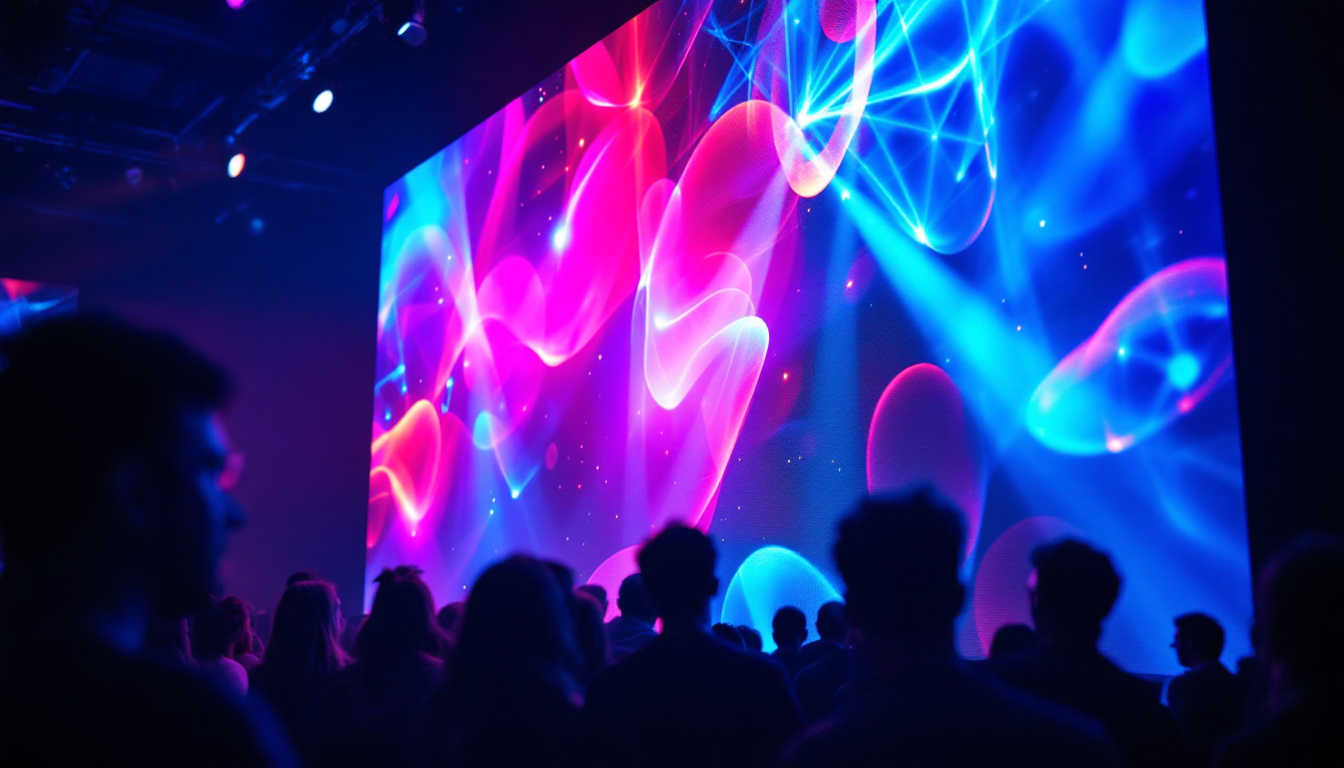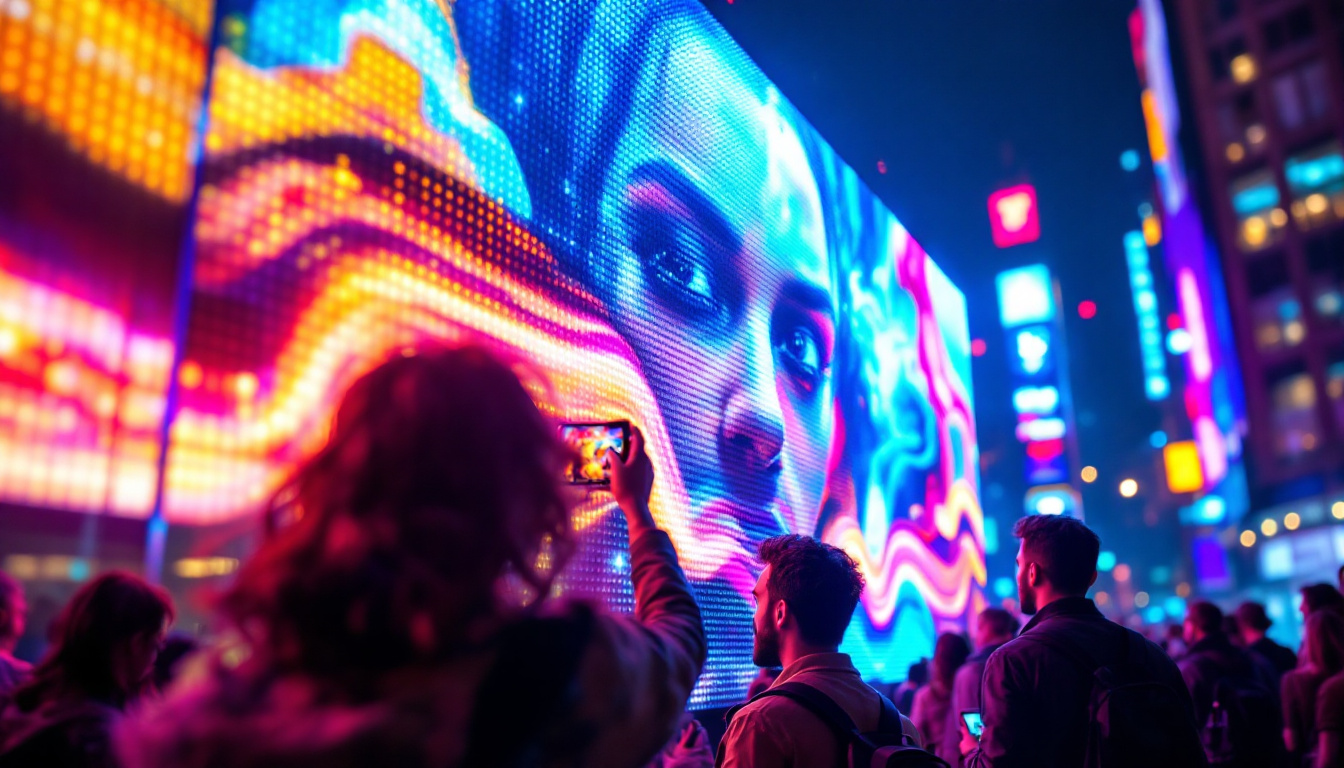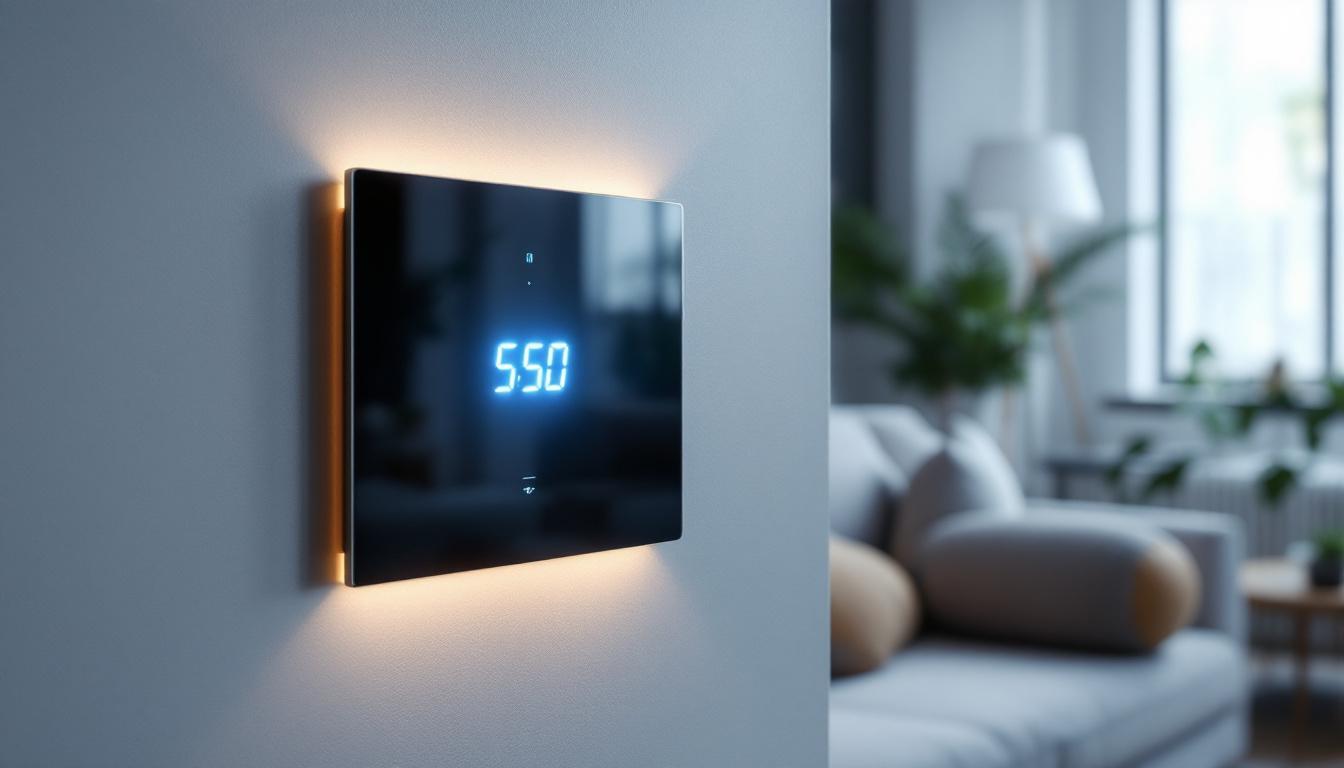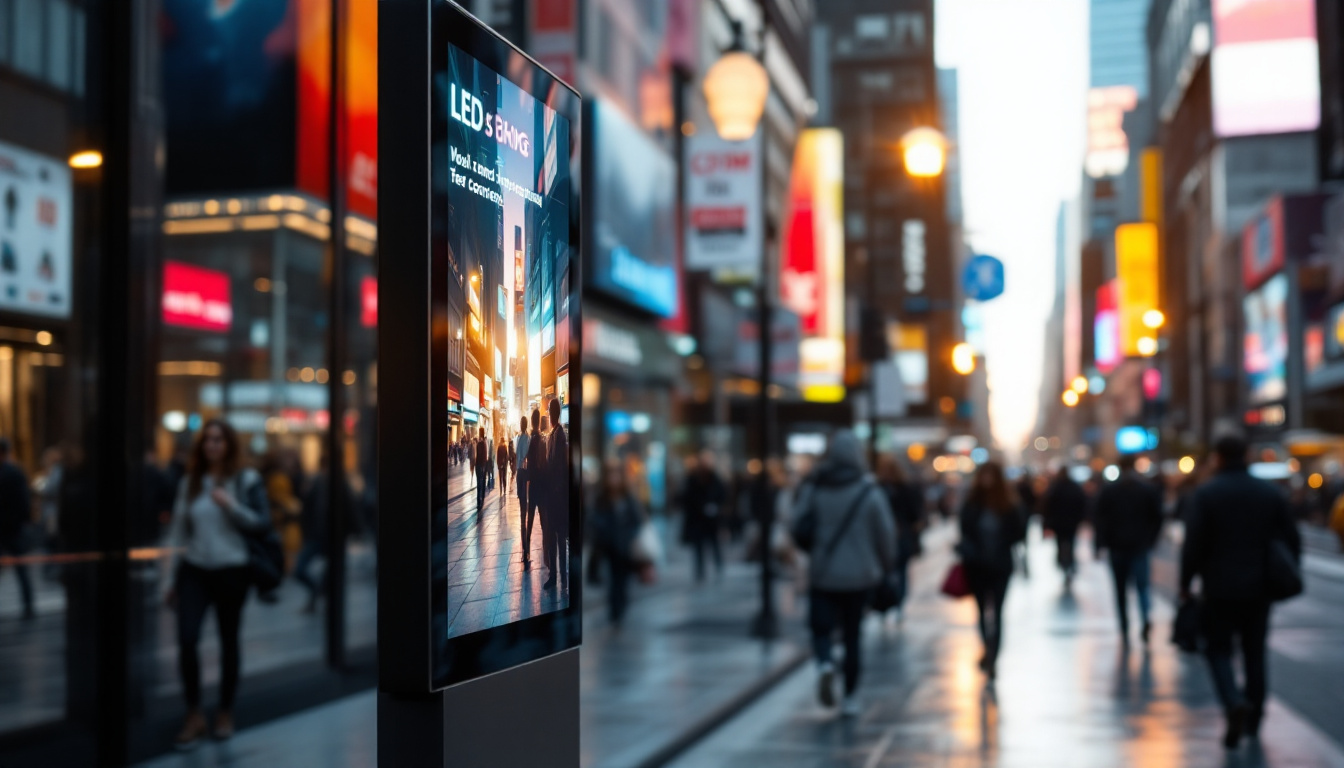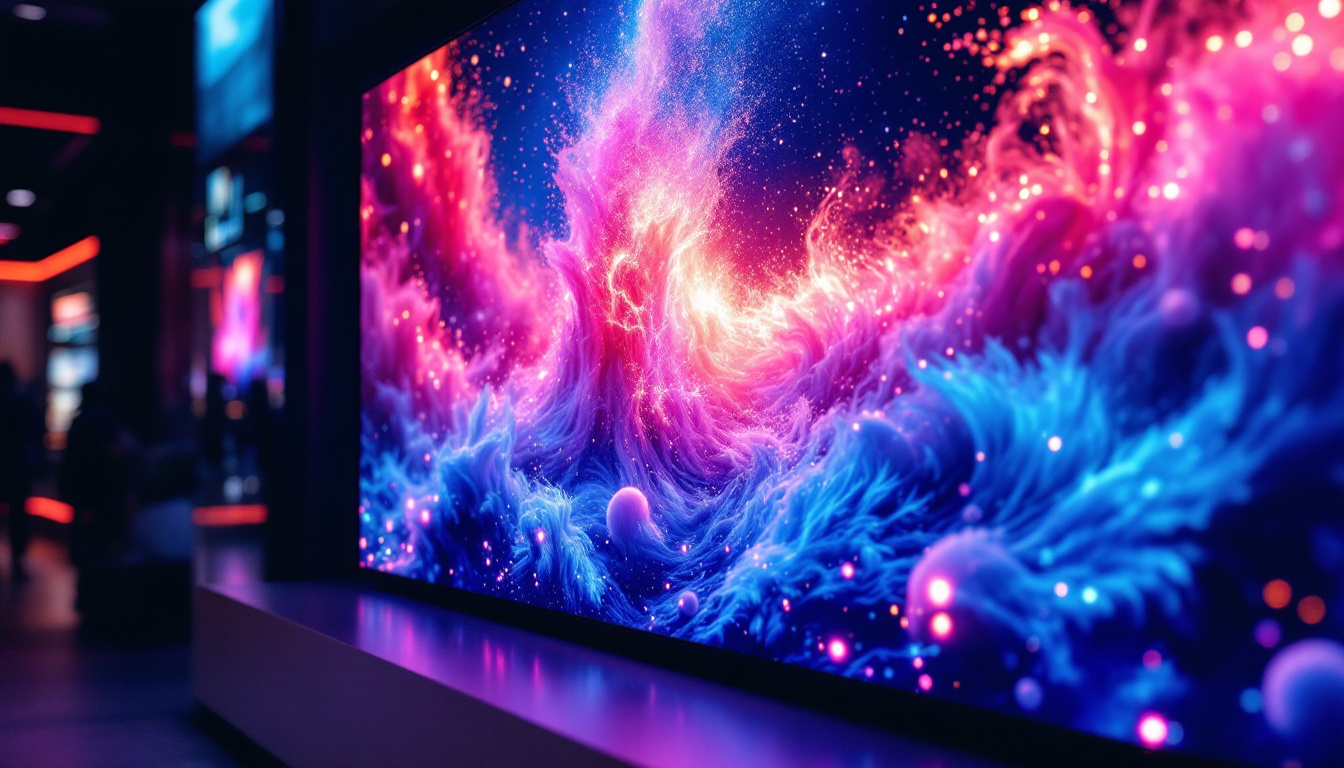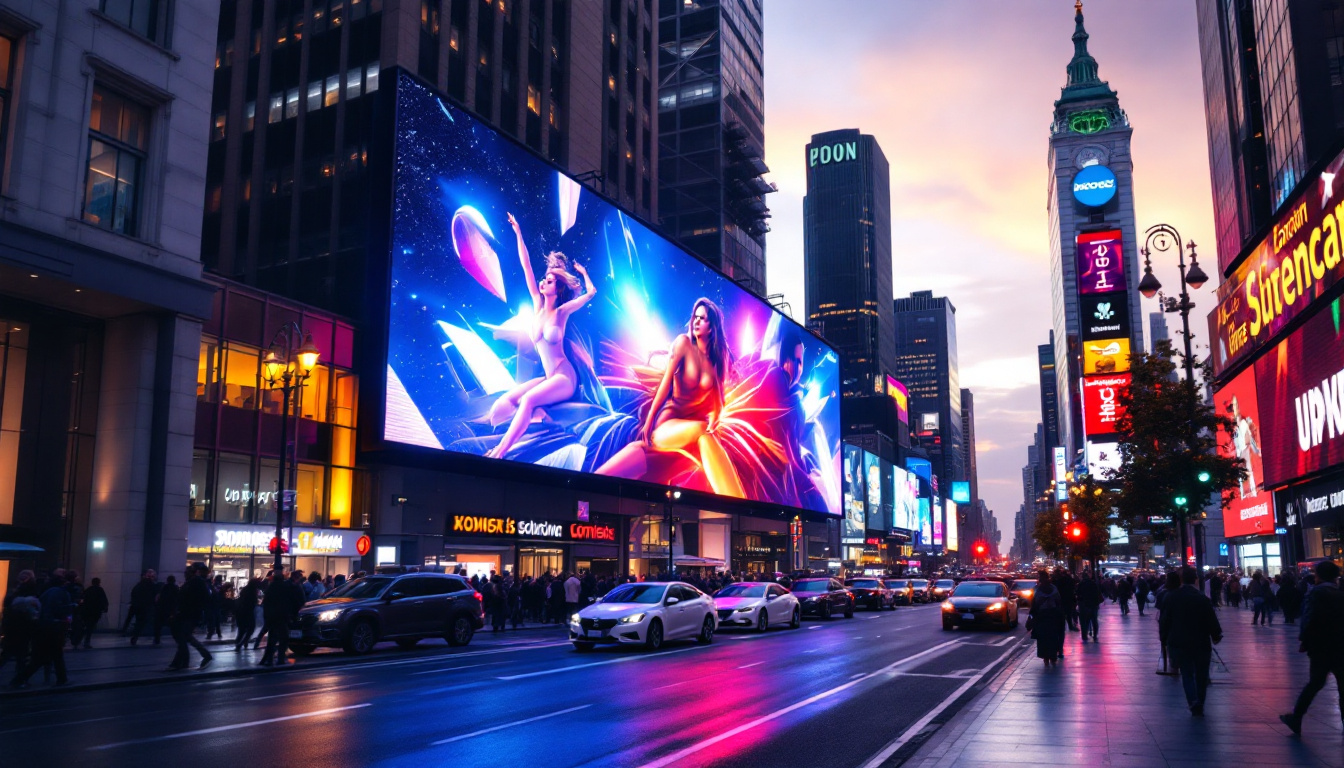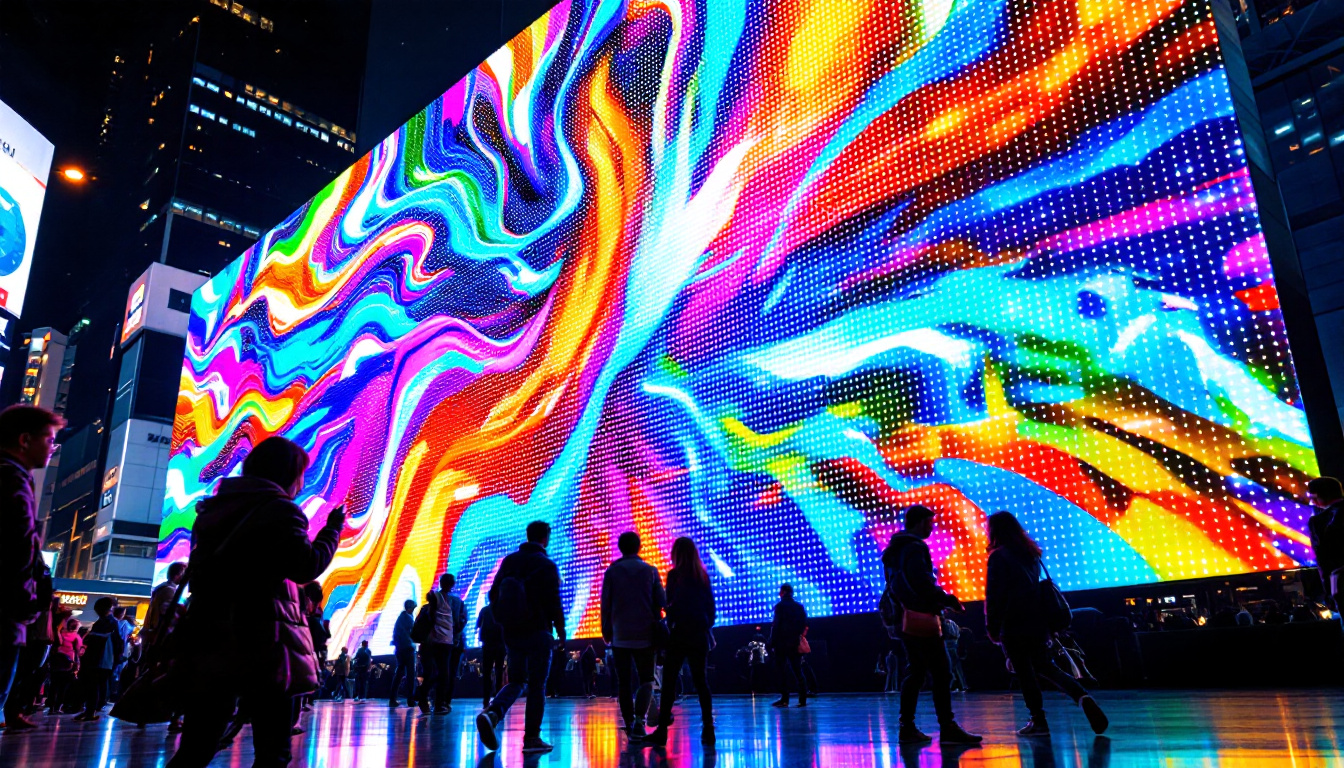In today’s fast-paced digital world, advertising has evolved far beyond traditional print and static billboards. Among the most dynamic and eye-catching methods for businesses to promote their products and services is the use of LED displays. This technology has revolutionized outdoor and indoor advertising, offering vibrant visuals that captivate audiences and deliver messages with unparalleled clarity.
One particularly interesting niche within the advertising world is the use of LED displays for cat-related products and services. From pet food brands to veterinary clinics, LED advertising offers unique opportunities to engage cat owners and enthusiasts alike. This article delves into the intricacies of LED displays in cat advertising, explaining how this technology works, its benefits, and why it’s becoming an essential tool for marketers targeting the feline-loving demographic.
Understanding LED Display Technology
What is an LED Display?
LED stands for Light Emitting Diode, a semiconductor device that emits light when an electric current passes through it. An LED display is composed of numerous tiny LEDs arranged in a grid, which together form images, videos, or text. Unlike traditional screens, LED displays are self-illuminating, meaning they do not require a backlight, which results in brighter and more vivid visuals.
These displays come in various sizes and resolutions, from small indoor panels to massive outdoor billboards. Their versatility and brightness make them ideal for advertising in diverse environments, including retail stores, shopping malls, streets, and event venues. The ability to display dynamic content, such as animations and videos, enhances their effectiveness in capturing attention and conveying messages quickly, making them a popular choice for marketers aiming to engage audiences in real-time.
Moreover, the energy efficiency of LED technology contributes to its growing popularity. Compared to traditional lighting solutions, LED displays consume significantly less power, which not only reduces operational costs but also aligns with the increasing demand for environmentally friendly technologies. This energy efficiency, combined with a longer lifespan, makes LED displays a cost-effective solution for businesses looking to invest in advertising that lasts.
Types of LED Displays Used in Advertising
There are several types of LED displays, each suited for different advertising needs:
- Indoor LED Displays: These are designed for close viewing distances and offer high resolution and color accuracy. They are commonly used in stores, exhibitions, and indoor events. Their ability to produce stunning visuals makes them ideal for showcasing products and creating immersive experiences for customers.
- Outdoor LED Displays: Built to withstand weather conditions, these displays are brighter to combat sunlight and are often used for billboards, stadiums, and public spaces. Their durability ensures that they can operate effectively in various environmental conditions, from heavy rain to extreme heat, making them a reliable choice for outdoor advertising.
- Transparent LED Displays: These innovative panels allow light to pass through, making them perfect for shop windows where visibility both inside and outside is essential. By enabling a seamless blend of digital content with the physical environment, transparent displays create a captivating experience that can draw in potential customers without obstructing views.
- Flexible LED Displays: These can be bent or curved to fit unique surfaces, offering creative advertising opportunities. Their adaptability allows businesses to explore unconventional display formats, such as wrapping around columns or creating stunning visual installations that can transform spaces into engaging advertising platforms.
Each type of LED display serves a distinct purpose, allowing advertisers to tailor their strategies to specific audiences and environments. As technology continues to advance, we can expect further innovations in LED displays, including improvements in resolution, color accuracy, and interactivity, which will enhance their effectiveness in capturing consumer attention and driving engagement.
The Role of LED Displays in Cat Advertising
Why Target Cat Owners with LED Advertising?
The pet industry, especially the feline segment, has witnessed significant growth in recent years. According to the American Pet Products Association, over 45 million U.S. households own cats, with spending on cat products exceeding $42 billion annually. This presents a lucrative market for brands specializing in cat food, toys, healthcare, and accessories.
LED displays offer a powerful medium to reach this audience effectively. Their vibrant visuals and dynamic content capture attention quickly, which is crucial in busy urban environments where consumers are bombarded with information. For cat-related products, showcasing playful kittens, product benefits, or special promotions on a bright LED screen can create emotional connections and prompt immediate action.
Examples of Successful Cat Advertisement Campaigns Using LED Displays
Several brands have leveraged LED technology to enhance their cat product marketing:
- Whisker Wonders: This premium cat food brand launched an outdoor LED billboard campaign featuring high-definition videos of cats enjoying their meals. The campaign increased brand awareness by 35% within three months, according to their marketing reports.
- Purrfect Vet Clinics: Utilizing indoor LED displays in waiting areas, these clinics displayed educational content about cat health and wellness, reducing client anxiety and increasing appointment bookings by 20%.
- CatPlay Toys: Transparent LED displays in pet store windows showcased interactive animations of cats playing with their toys, boosting foot traffic and sales during the holiday season.
Benefits of Using LED Displays for Cat Advertisements
Enhanced Visual Appeal and Engagement
One of the most significant advantages of LED displays is their ability to deliver bright, colorful, and dynamic content that stands out. For cat advertisements, this means showcasing the playful and affectionate nature of cats in a way that static images cannot match. Moving visuals of cats chasing toys or enjoying treats can evoke positive emotions, making the advertisement more memorable.
Moreover, LED displays support video and animation, allowing brands to tell stories or demonstrate product features interactively. This engagement is critical in building brand loyalty and influencing purchasing decisions.
Flexibility and Real-Time Content Updates
LED advertising offers unparalleled flexibility. Unlike printed posters or static billboards, content on LED displays can be updated instantly and remotely. This capability is especially useful for cat product promotions that may vary seasonally or require timely announcements, such as new product launches or limited-time discounts.
For example, a cat food brand can switch between different advertisements throughout the day, targeting morning commuters with breakfast-related products and evening shoppers with treats or toys. This dynamic approach maximizes the relevance and impact of the advertising message.
Durability and Cost-Effectiveness
Although the initial investment in LED displays can be higher than traditional signage, their long lifespan and low maintenance costs make them cost-effective over time. Outdoor LED displays are built to endure harsh weather conditions, ensuring continuous operation with minimal downtime.
For businesses targeting cat owners, this durability means consistent brand visibility without frequent replacement costs. Additionally, the energy efficiency of modern LED technology reduces operational expenses, aligning with sustainability goals that many companies now prioritize.
Designing Effective Cat Advertisements for LED Displays
Key Elements to Consider
Creating compelling cat advertisements for LED displays requires careful attention to several design principles:
- Visual Clarity: Since LED displays are often viewed from a distance, images and text should be clear and legible. High-contrast colors and simple fonts help ensure the message is easily understood.
- Emotional Appeal: Cats evoke strong emotional responses. Using images or videos that highlight the joy, comfort, or companionship cats bring can resonate deeply with viewers.
- Call to Action (CTA): Effective advertisements guide viewers toward a desired action, such as visiting a website, calling a phone number, or visiting a store. Clear and concise CTAs are essential.
- Brand Consistency: Maintaining consistent colors, logos, and messaging across all advertising platforms strengthens brand recognition.
Optimizing Content for Different LED Display Types
Depending on whether the LED display is indoor or outdoor, transparent or flexible, content should be tailored accordingly. For example, outdoor billboards benefit from bold visuals and minimal text due to faster viewing speeds, while indoor displays can incorporate more detailed information and interactive elements.
Transparent LED displays in pet store windows offer a unique opportunity to blend the advertisement with the store’s interior, creating a seamless and immersive experience for passersby. Flexible LED displays can wrap around pillars or curved surfaces, enabling creative storytelling that captures attention from multiple angles.
Future Trends in LED Advertising for the Cat Market
Integration of AI and Interactive Technologies
Emerging technologies such as artificial intelligence (AI) and augmented reality (AR) are beginning to enhance LED advertising. AI can analyze viewer demographics and behaviors in real-time, allowing advertisements to be tailored dynamically to the audience. For cat advertisements, this could mean displaying different product messages based on the time of day, location, or even the presence of pets nearby.
Interactive LED displays equipped with touch or motion sensors enable consumers to engage directly with the advertisement. For instance, a cat toy brand could create a display where viewers “play” with virtual cats, creating memorable experiences that increase brand affinity.
Sustainability and Energy Efficiency
As environmental concerns grow, LED technology continues to advance in energy efficiency and eco-friendliness. Brands that emphasize sustainable practices in their cat products can leverage LED displays powered by renewable energy sources or designed with recyclable materials to reinforce their commitment to the environment.
This alignment between product values and advertising methods can enhance consumer trust and loyalty, particularly among the increasingly eco-conscious pet owner demographic.
Conclusion
LED displays have transformed the advertising landscape, offering vibrant, flexible, and engaging platforms that capture attention and communicate messages effectively. For businesses targeting the cat market, LED advertising provides a unique opportunity to connect with millions of cat owners through visually compelling and dynamic content.
By understanding the technology behind LED displays, leveraging their benefits, and designing thoughtful advertisements, brands can maximize their impact and foster deeper relationships with their audience. As innovations continue to emerge, the future of cat advertising on LED displays promises to be even more interactive, personalized, and sustainable.
Investing in LED display advertising is not just a trend but a strategic move that can deliver measurable results and elevate brand presence in the competitive pet industry.
Illuminate Your Cat Advertising with LumenMatrix
Ready to take your cat-related brand to the next level? Discover how LumenMatrix can transform your advertising strategy with our advanced LED display solutions. From Indoor and Outdoor LED Wall Displays to innovative Transparent and Custom LED options, we provide the tools you need to create unforgettable visual experiences that resonate with cat lovers everywhere. Embrace the future of visual communication and check out LumenMatrix LED Display Solutions today to captivate your audience and amplify your message with brilliance and precision.


